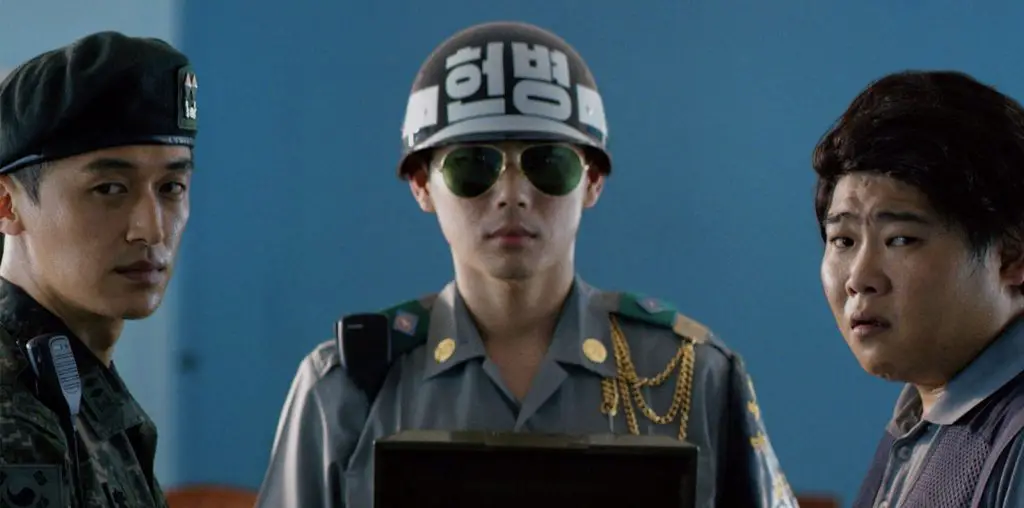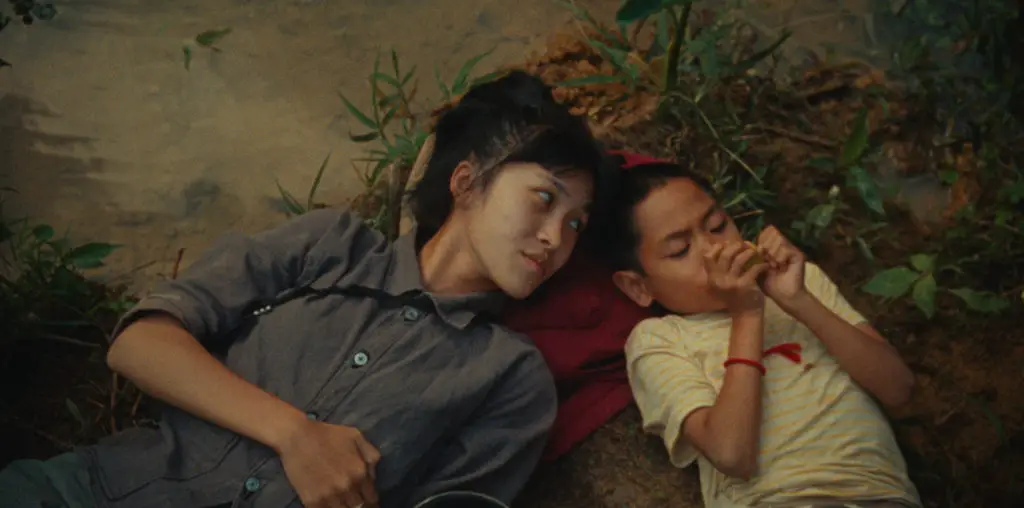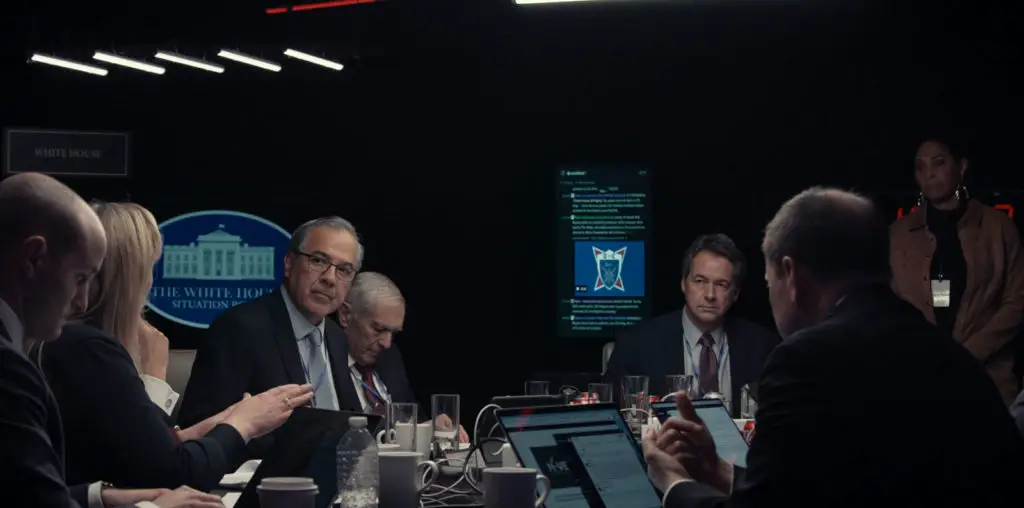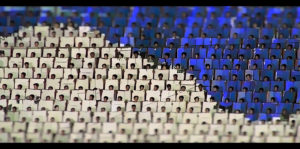
The Pyongyang Film Festival is one of cinema’s most exclusive and rare invites. The festival is legendary not because of its prestige, film catalog, or stars but because it is located in the heart of North Korea. When German documentarian Martin Hans Schmit receives an invite to the festival for his documentary on telescopes, what follows is a wild story of singing, filmmaking, and tons of propaganda. How I Survived the Pyongyang Film Festival is an animated documentary seeking to take audiences beyond the 38th parallel into the world of Kim Jong-Un.
Like many fans of World Cinema, Schmitt’s first taste of North Korean films came through the monster epic Pulgasari. Viewing the colossal monster for the first time sparked an interest in the North Korean film industry, leading Schmitt to the Pyongyang Film Festival. Once in the capital of North Korea, Schmitt chronicles his time at the festival and visits to historical sites, all shown through stereoscopic animation. Despite the film festival premise, How I Survived the Pyongyang Film Festival is as much about the daily lives of a North Korean citizen as it is about Schmitt’s experience in “the hermit kingdom.”
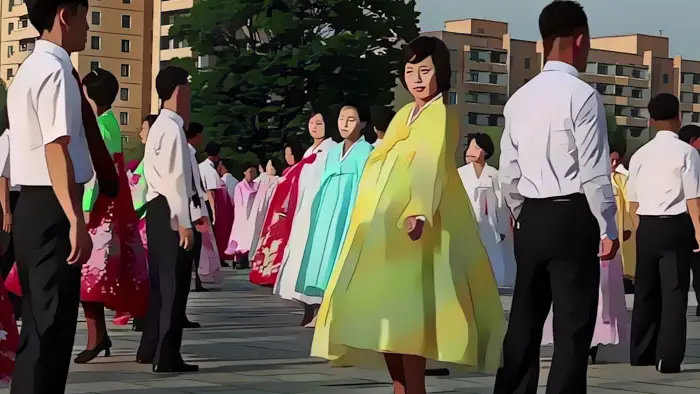
“…documentarian Martin Hans Schmit receives an invite to the festival …”
Schmitt gives a ton of information about North Korea throughout the documentary. It’s a solid guide to the country and provides a personal narrative for the millions living under the Kim Jong-Un regime. However, woven into the flux of information, Schmitt inserts some creative choices that detract from the narrative. Random psychedelic load screens, a stock footage film-within-a-film, and opinions interjected without transition are just a few of these choices. How I Survived the Pyongyang Film Festival will have an audience on the title alone, but some of these creative choices cause the film to lose its structure.
Strangely, Schmitt’s expedition to Pyongyang may work better as a book than a documentary. The whole film is from Schmitt’s perspective; a book would allow for more time to discuss the festival and give Schmitt the space to flesh out the narrative. A book would feel like a spiritual sequel to “A Kim Jong-Il Production” by Paul Fischer, peeling back the last remnants of the iron curtain through the film’s gaze. Yet as a documentary, How I Survived the Pyongyang Film Festival lacks the engagement and depth invoked by the premise. North Korea is one of the great mysteries of global politics. While the film sheds light on the moments of the festival, more perspectives, nuance, and engagement are needed to make a gripping documentary.
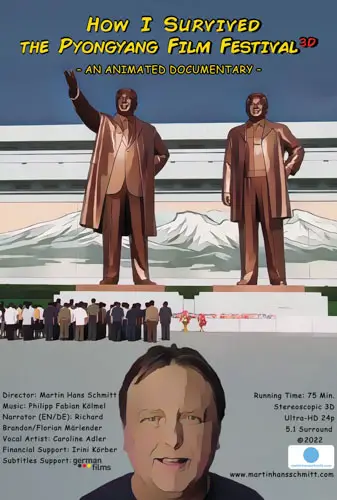
"…an animated documentary seeking to take audiences beyond the 38th parallel"
